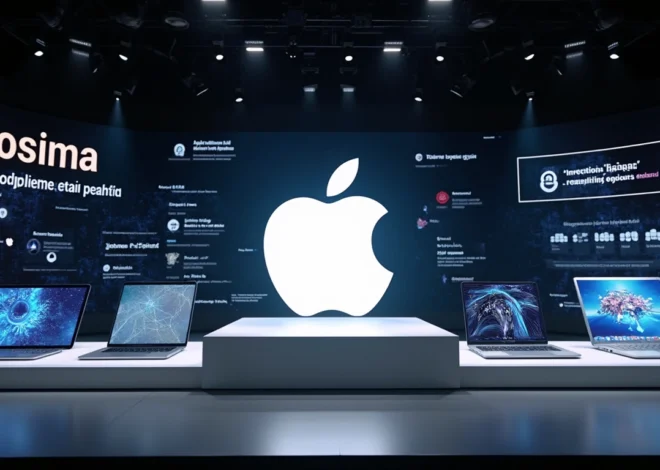
Apple iPhone 17 Series Production Moves to India With Revolutionary Features
Apple’s upcoming iPhone 17 series marks a significant shift in the company’s manufacturing strategy, with production beginning in India for the first time outside China. The 2025 lineup is expected to introduce groundbreaking changes in design, display technology, and performance capabilities, potentially including a new iPhone Air model replacing the Plus variant.
Table of Contents
Key Takeaways:
- Manufacturing shift to India represents Apple’s first New Product Introduction outside China
- Potential introduction of an iPhone 17 Air model featuring an ultra-slim design
- All models to include ProMotion technology with 1-120Hz refresh rates
- Enhanced camera system with 24MP front-facing camera across all variants
- Custom battery development for improved performance and charging capabilities
Revolutionary Design and Display Features
The iPhone 17 series introduces a sleeker profile with an aluminum chassis. The display measures approximately 6.55 inches, featuring advanced LTPO OLED technology. Every model in the lineup will support ProMotion with dynamic refresh rates ranging from 1Hz to 120Hz, optimizing both performance and battery life.

Performance and Camera Innovations
The iPhone 17 Air leads with 8GB of RAM and integrated Apple Intelligence capabilities. The camera system receives a substantial upgrade with a 24-megapixel front-facing camera featuring a six-element lens. The Pro Max variant might include three 48MP cameras, setting new standards for mobile photography.
Advanced Connectivity and Processing
Apple’s custom 5G modem makes its debut in the iPhone 17 series, alongside Wi-Fi 7 support. The A19 chip, based on TSMC’s refined 3nm process, promises exceptional performance gains. These advancements align with iOS developments planned for the device.
Battery and Charging Innovations
Apple’s investment in proprietary battery technology aims to enhance device longevity and efficiency. The series might support charging speeds up to 35W, though this remains unconfirmed. To streamline these processes and maintain efficiency, many manufacturers are turning to automation solutions like Latenode for their production workflows.


